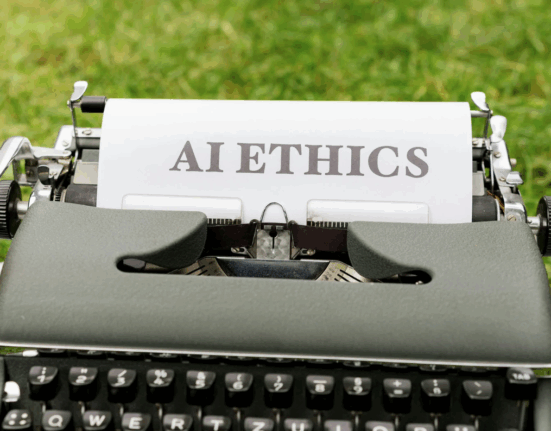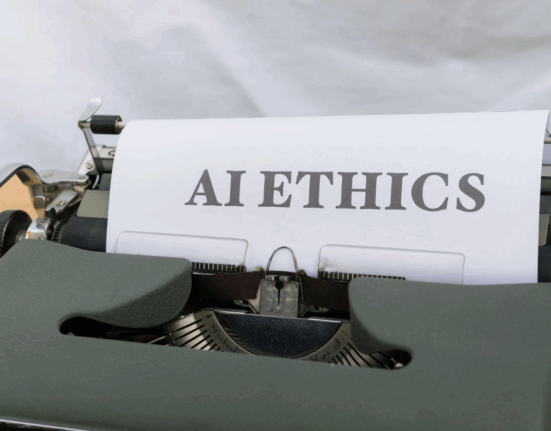Computer vision — the branch of artificial intelligence that enables machines to interpret and act on visual data — is transforming industries from healthcare and security to retail and manufacturing. However, as adoption accelerates, so does scrutiny. Organizations must now navigate complex laws to ensure computer vision regulatory compliance, protecting privacy, ethics, and human rights while driving innovation.
Why Computer Vision Regulatory Compliance Matters
Computer vision systems often collect and analyze sensitive data, including facial images, license plates, and behavior patterns. Without proper governance, such systems can violate privacy laws, cause discrimination, or create security risks.
Compliance ensures that organizations:
- Protect user privacy through responsible data handling.
- Prevent algorithmic bias that can lead to unfair outcomes.
- Maintain public trust through transparency and accountability.
- Avoid legal penalties and reputational damage from noncompliance.
In short, regulatory compliance makes AI deployment both ethical and sustainable.
Key Regulatory Frameworks Governing Computer Vision
Different regions have introduced laws and guidelines to regulate how computer vision systems are developed and used.
1. General Data Protection Regulation (GDPR) – Europe
The GDPR is the gold standard for privacy regulation. It affects any organization processing data from EU citizens, including visual data.
Compliance Requirements:
- Obtain explicit consent before capturing identifiable images.
- Ensure data minimization by collecting only necessary visuals.
- Implement secure storage and anonymization techniques.
- Offer right to access and deletion to individuals.
Failure to comply can result in heavy fines — up to 4% of global annual revenue.
2. California Consumer Privacy Act (CCPA) – United States
The CCPA grants California residents control over how their personal information is collected and shared. For computer vision systems, this means:
- Informing users when video data is collected.
- Allowing individuals to opt out of data sales or third-party sharing.
- Maintaining transparency in how visual analytics are used.
Future U.S. regulations, such as the proposed American Data Privacy Protection Act (ADPPA), may further tighten AI compliance.
3. China’s Personal Information Protection Law (PIPL)
China’s PIPL is among the world’s strictest privacy laws. It mandates that companies using AI and computer vision must:
- Obtain informed consent before collecting facial or behavioral data.
- Store data locally unless specific permissions are granted for cross-border transfers.
- Avoid using AI to manipulate or mislead users.
This law highlights China’s focus on both national security and citizen privacy.
4. Other Regional and Industry Standards
- ISO/IEC 22989: Establishes international AI terminology and ethical principles.
- NIST AI Risk Management Framework (U.S.): Provides guidance for evaluating fairness, privacy, and transparency.
- HIPAA (Health Insurance Portability and Accountability Act): Protects patient data in healthcare computer vision applications.
Together, these frameworks create a foundation for responsible AI integration.
Core Compliance Areas in Computer Vision Integration
Organizations must address several technical and ethical dimensions when implementing computer vision systems.
Data Privacy and Protection
Visual data often includes personally identifiable information (PII). Compliance requires:
- Blurring or anonymizing faces in public recordings.
- Encrypting stored and transmitted image data.
- Limiting data retention to only what’s operationally necessary.
- Conducting impact assessments to evaluate data risks.
Algorithmic Fairness and Bias Mitigation
AI models can inadvertently reflect biases from training data. To ensure fairness:
- Use diverse datasets representing multiple demographics.
- Regularly perform bias audits on model outputs.
- Provide explainable AI documentation to regulators and stakeholders.
Ethical fairness is not only good practice — it’s increasingly a legal requirement.
Transparency and Explainability
Users and regulators expect to understand how computer vision systems make decisions. Compliance involves:
- Documenting decision-making logic.
- Offering clear explanations for automated outcomes.
- Sharing model performance metrics publicly when appropriate.
Transparency builds user confidence and ensures accountability.
Security and Data Governance
Computer vision systems are vulnerable to data breaches and adversarial attacks. Organizations must:
- Implement multi-layered cybersecurity protocols.
- Monitor for unauthorized data access.
- Use digital watermarking and access logs for traceability.
- Establish incident response procedures for data leaks.
Robust security governance strengthens compliance and prevents costly breaches.
Ethical Implications in Computer Vision Deployment
Beyond legal compliance, ethical oversight ensures technology benefits society.
Key ethical considerations include:
- Consent and autonomy: Always inform individuals when visual data is collected.
- Surveillance ethics: Avoid intrusive monitoring or misuse of recognition tools.
- Accountability: Clearly assign responsibility for errors or misuse of AI systems.
Responsible AI governance ensures compliance evolves alongside ethical maturity.
Steps to Achieve Computer Vision Regulatory Compliance
Organizations can follow these best practices to align with legal and ethical standards:
- Conduct a Data Protection Impact Assessment (DPIA): Evaluate risks before system deployment.
- Establish an AI Governance Team: Include legal, technical, and ethical experts.
- Document Data Flows: Track how images are captured, processed, and stored.
- Implement Access Controls: Limit data handling to authorized personnel only.
- Train Employees: Build awareness about compliance responsibilities and data ethics.
- Audit Regularly: Review compliance status through internal or third-party evaluations.
Proactive compliance protects both the company and the public.
The Role of Training in Compliance and Integration
Employee training is often the missing piece in maintaining compliance. Teams should learn:
- How to handle sensitive visual data ethically.
- How to detect and report compliance violations.
- How to interpret AI-generated results responsibly.
Continuous education keeps organizations aligned with evolving laws and technologies.
Future Trends in Computer Vision Regulation
As AI becomes more integrated into daily life, regulations will continue to evolve. Expect:
- Stronger biometric data protections worldwide.
- Real-time audit systems to monitor AI compliance.
- Unified international standards for ethical AI.
- Energy efficiency requirements for sustainable AI systems.
Organizations that anticipate and adapt to these changes will gain a competitive advantage.
Conclusion
Achieving computer vision regulatory compliance is not merely about avoiding fines — it’s about fostering trust and integrity in how AI interacts with society. By focusing on privacy, transparency, fairness, and accountability, companies can integrate computer vision responsibly and effectively.
The future of AI innovation depends on a balance between progress and protection — and compliance is the key to maintaining that balance.
FAQ
1. What does computer vision regulatory compliance mean?
It refers to following laws and standards that govern the ethical and legal use of visual data in AI systems.
2. Which laws regulate computer vision data?
GDPR, CCPA, PIPL, and ISO/IEC standards are key frameworks overseeing visual data privacy and fairness.
3. How can organizations ensure compliance?
Through risk assessments, data governance, employee training, and regular audits.
4. Why is transparency important in AI compliance?
It helps users understand decisions made by AI and builds public trust.
5. What future trends will impact computer vision regulation?
Increased biometric data protections, cross-border data laws, and unified global compliance frameworks.








